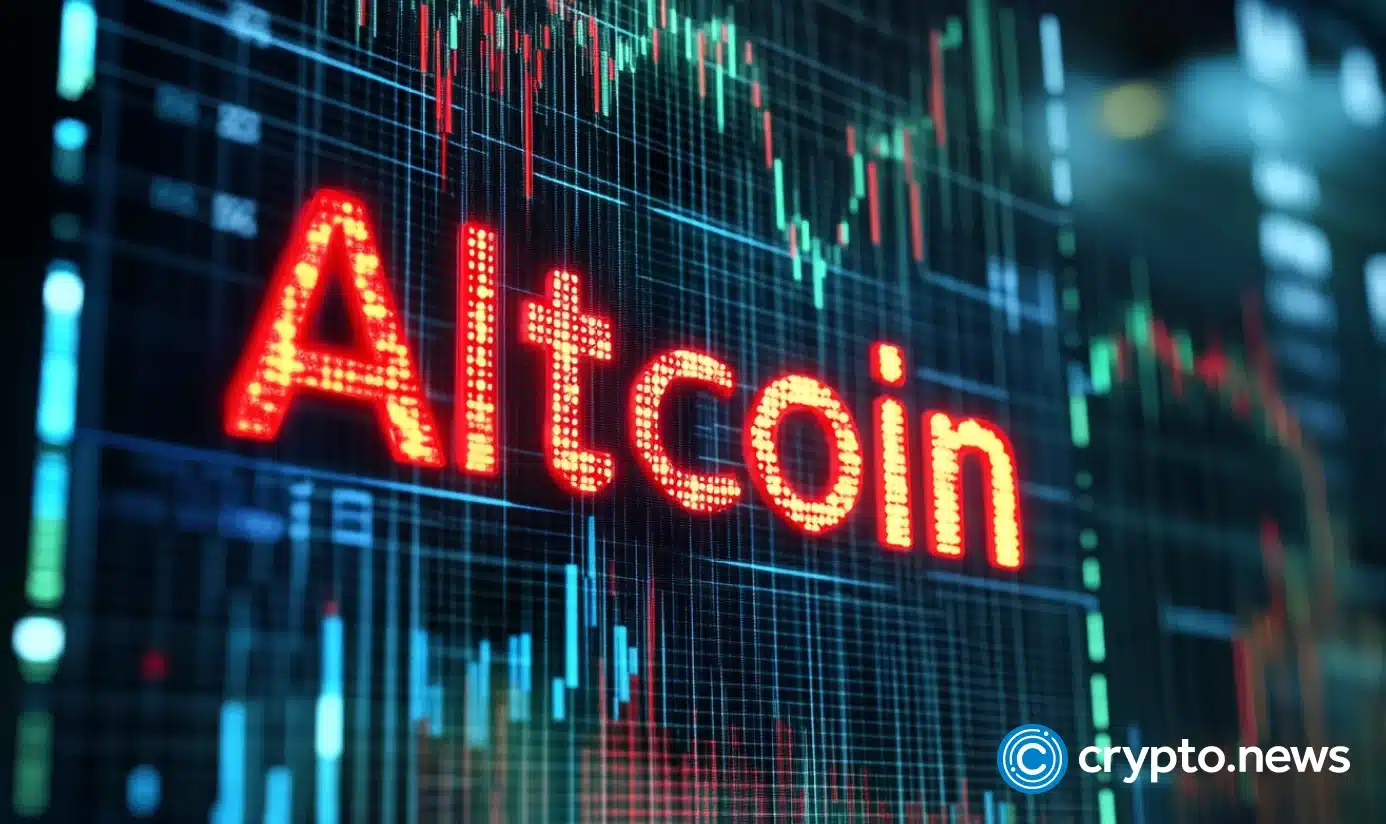Chain
Solana
Token Price
$0.7621
Twitter Followers
14,188
MEDIA
$0.7625
$-0.01575(-2.024%)
Last 24 hours
Market Cap
$190,518
24h Trading Volume
$5,564
Circulating Supply
250,000
Fully Diluted Valuation
$662,952
DEX Liquidity
-
All Time High
$312.25
Media Live Data
The MEDIA Market Cap is $190,518.The price today is 0.7621 USD.
Chart
MEDIA Markets
Exchange | Pair | Price | Spread | +2% Depth | -2% Depth | 24h Volume | Volume % | Last Updated | Trust Score |
|---|---|---|---|---|---|---|---|---|---|
 Raydium | MEDIA/USDC | $0.7625 | 0.608655% | $1,361.178 | $1,357.088 | $6,545 | 99.999% | 2 hours ago | |
 Uniswap V3 (Base) | MEDIA/WETH | $17.01 | 0.604998% | $3,593.59 | $3,582.793 | $2 | 0.001% | 2 days ago |
Learn More
Media is a decentralized hub for web services.
Media currently has 250,000 coins in circulation.
The market cap of MEDIA is $190,518.
The highest price paid for MEDIA is $312.25, which was recorded on Apr 30, 2021.
The trading volume of MEDIA is $5,564 in the last 24 hours.
The price of MEDIA today is $0.7621.
Media News
View more
2 months ago
Altcoins Surge Amidst Bitcoin's DeclineBitcoin's recent decline below $83,000 has marked a continued downturn in the cryptocurrency market, yet some altcoins are defying the trend with impressive gains. Notably, Ancient8 (A8) has experienced a remarkable surge of 160% in just 24 hours, climbing from a low of $0.09628 to $0.259. This significant price movement can be attributed to Bithumb's earlier listing of A8, a major South Korean exchange, which seems to have created a delayed positive effect as investor interest in the token grows.
Market analysts have identified three primary factors contributing to A8's rise: increasing global attention, higher adoption rates, and a mix of strong holders alongside new market entrants. Interestingly, there have been no substantial project developments that could clarify the sudden price increase, indicating that market sentiment is playing a crucial role in this altcoin's performance.
In addition to A8, Apu Apustaja (APU) has also made headlines by climbing 85% over the past day, reaching $0.0002479 from $0.0001325. This meme coin has gained traction on social media platforms, although, like many of its counterparts, it lacks fundamental updates to justify its price surge. Meanwhile, ROAM Token has seen a 41% increase, moving from $0.136 to $0.1917, bolstered by its recent milestone of 2 million global nodes. Despite these bright spots, the broader crypto market remains under pressure, with Bitcoin and Ethereum both experiencing declines, reflecting ongoing selling pressure across major cryptocurrencies.

2 months ago
Coinbase Boosts Maple Syrup and Aethir with New ListingsIn a significant development within the cryptocurrency market, two Ethereum (ETH)-based altcoins, Maple Syrup (SYRUP) and Aethir (ATH), have experienced substantial price surges following their recent support from Coinbase, one of the largest crypto exchanges in the United States. Coinbase announced the addition of these tokens to its digital asset offerings via posts on the social media platform X. This announcement came shortly after the tokens were included in Coinbase's listing roadmap, which indicated forthcoming support and led to a nearly 40% price increase for both assets.
The price movements of SYRUP and ATH have been remarkable. SYRUP, a decentralized finance (DeFi) protocol that connects borrowers with lenders, saw its price rise from a low of $0.131 on March 12th to a peak of $0.173 within 24 hours, marking a gain of 28.7%. Similarly, Aethir, which focuses on decentralized cloud computing with high-performance GPU capabilities for AI and blockchain-based gaming, increased from $0.034 to $0.040, achieving a 14.4% gain in the same timeframe. These price rallies underscore the impact of Coinbase's endorsement on the market dynamics of these emerging tokens.
The growing interest in both Maple Syrup and Aethir reflects a broader trend in the cryptocurrency space, where decentralized finance and AI-driven solutions are gaining traction. As investors continue to seek opportunities in innovative blockchain projects, the support from major exchanges like Coinbase is likely to play a crucial role in driving adoption and market performance. However, potential investors are reminded to conduct thorough research and exercise caution, as the cryptocurrency market remains volatile and high-risk.

3 months ago
Coinbase Adds Aethir and Maple Finance to Listing Roadmap, Prices SurgeCoinbase has recently announced the addition of two promising tokens, Aethir (ATH) and Maple Finance (SYRUP), to its listing roadmap, which has led to significant price surges for both digital assets. This announcement was made via a post on the social media platform X, highlighting Coinbase's commitment to transparency and preventing front-running of tokens prior to their official listing. The inclusion in the roadmap suggests that these cryptocurrencies may soon receive support from the popular exchange, prompting investors to take notice.
Following the announcement, Aethir's price skyrocketed from a low of $0.0318 on March 6th to a peak of $0.0435 on March 7th, marking an impressive gain of approximately 36.79%. Similarly, Maple Finance experienced a surge, rising from $0.137 on March 7th to $0.193 on March 8th, which translates to a 40% increase. However, both tokens have since retraced their gains, with current valuations at $0.0371 for Aethir and $0.165 for Maple Finance.
Aethir is a decentralized cloud computing protocol launched in June 2024, designed to enhance high-performance graphics processing unit (GPU) capabilities for AI applications and blockchain-based video games. On the other hand, Maple Finance, established in 2021, operates as a borrowing and lending protocol that facilitates under-collateralized loans for borrowers and allows lenders to earn yields by providing liquidity. The recent developments underscore the growing interest in AI and DeFi sectors within the cryptocurrency landscape.

3 months ago
CUDOS Achieves Major Milestones in Early 2025The first two months of 2025 have been transformative for CUDOS, marked by significant milestones and exciting partnerships. A key highlight was the completion of the CUDOS-to-FET token migration in January, which allowed users to fully access, trade, stake, and utilize their $FET tokens. Major exchanges such as Gate.io and Ascendex facilitated smooth swaps, ensuring users could reclaim their $CUDOS easily. Additionally, the CUDOS Intercloud platform underwent a design refresh and introduced a new referral program, enabling users to earn commissions by bringing in new users. This program incentivizes sharing referral links and offers instant payouts in FET, fostering community engagement and growth.
CUDOS has also formed a strategic partnership with Rainfall, a privacy-preserving Personal AI platform, aimed at simplifying node deployment for operators within the Rainfall ecosystem. This collaboration promises seamless node setup through CUDOS Intercloud, providing scalable and cost-effective compute solutions for Web3 AI applications. As Pete Hill, VP of Sales at CUDOS, noted, this partnership enhances the adoption of decentralized cloud solutions, which are essential for the future of AI infrastructure. Furthermore, CUDOS is actively exploring the shift towards decentralized compute for AI inference, emphasizing that smaller, efficient AI models will drive demand rather than diminish it.
The growth statistics for January and February are impressive, with CUDOS surpassing 15,000 total ecosystem users and generating over $167,000 in revenue in January alone. February continued this upward trend, with user numbers exceeding 16,000 and significant compute hours consumed. These achievements set a promising foundation for CUDOS as it looks ahead to another breakout year in decentralized cloud computing. The community is encouraged to stay connected for future updates and to participate in the ongoing conversation across various social media platforms.

3 months ago
Venture Capital Firms Boost Blockchain Investments Amid Crypto VolatilityThe first quarter of 2025 has proven to be a tumultuous period for the cryptocurrency market, characterized by extreme fluctuations in investor sentiment. Bitcoin (BTC) experienced a remarkable rally to all-time highs, followed by a significant correction, all while receiving notable support from political figures such as Donald Trump. Amidst this volatility, venture capital firms have been actively expanding their investments in blockchain and crypto startups, particularly in areas such as decentralized physical infrastructure networks (DePINs), Web3 gaming, real-world asset (RWA) tokenization, and derivatives exchange markets. The latest VC Roundup highlights seven significant funding announcements across the industry.
Among the notable developments, Alchemy has launched a $5 million "Everyone Onchain Fund" aimed at promoting Web3 adoption on Ethereum. This initiative will provide developers with gas and computing credits to facilitate their projects. Alchemy's partnership with World, a biometric digital identity project, has already garnered over 23 million users. Additionally, Mavryk Dynamics secured $5 million in funding to develop a layer-1 RWA network, bridging traditional finance with decentralized finance (DeFi) through innovative non-custodial features. The RWA market has seen substantial growth, reaching $17.9 billion as of early March.
Other significant funding rounds include Rho Labs, which raised $4 million for its decentralized rates exchange, and Teneo Protocol, which closed a $3 million round to democratize social media data. Furthermore, Fluent Labs raised $8 million to enhance its Ethereum layer-2 network, while The Game Company secured $10 million to develop a cloud gaming infrastructure. Lastly, ACID Labs, a Web3 gaming studio, received $8 million to scale its social gaming platform on Telegram. These investments reflect a growing confidence in the potential of blockchain technology across various sectors, particularly in gaming and decentralized finance.

3 months ago
Fluence Launches DePIN Pledge to Promote Decentralized InfrastructureFluence has launched the DePIN Pledge, urging cryptocurrency firms and industry players to commit to utilizing decentralized physical infrastructure network solutions. This initiative is supported by prominent organizations such as IoTeX, Polygon, Helium, and Consensys. Fluence aims to encourage projects to publicly embrace decentralized infrastructure, fostering more transparent and resilient ecosystems. As the web3 and cryptocurrency landscape evolves, the importance of maintaining decentralization has become increasingly critical, especially in light of the growing reliance on centralized infrastructure by many projects.
The DePIN Pledge allows firms that commit to it to be listed in a public directory on the DePIN Pledge website, enabling users and traders to identify and support companies that prioritize decentralization. Additionally, participating projects will receive a manifesto and a DePIN Pledge NFT, which is auditable on the Ethereum blockchain. This NFT serves as a symbol of their commitment to decentralization and can be showcased across various platforms and social media channels. Major crypto firms, including Infura, Outlier Ventures, and Blockscout, have also backed this initiative, highlighting a collective effort towards a decentralized future.
Tom Trowbridge, Co-Founder & CEO of Fluence, expressed enthusiasm for the pledge, noting that it marks the beginning of DePIN adoption. He anticipates a diverse range of DePIN products and services emerging in the coming years. Clemens Wan, global solutions architect at Consensys, echoed this sentiment, emphasizing the need for decentralized infrastructure that aligns with the core values of web3. The DePIN Pledge represents a significant step towards ensuring that the foundational services of the industry reflect the principles of decentralization, ultimately realizing the full promise of web3.
Signup for latest DePIN news and updates

Social
Impressions
3,312,870
Engagement
5,225
Mindshare
0.57%